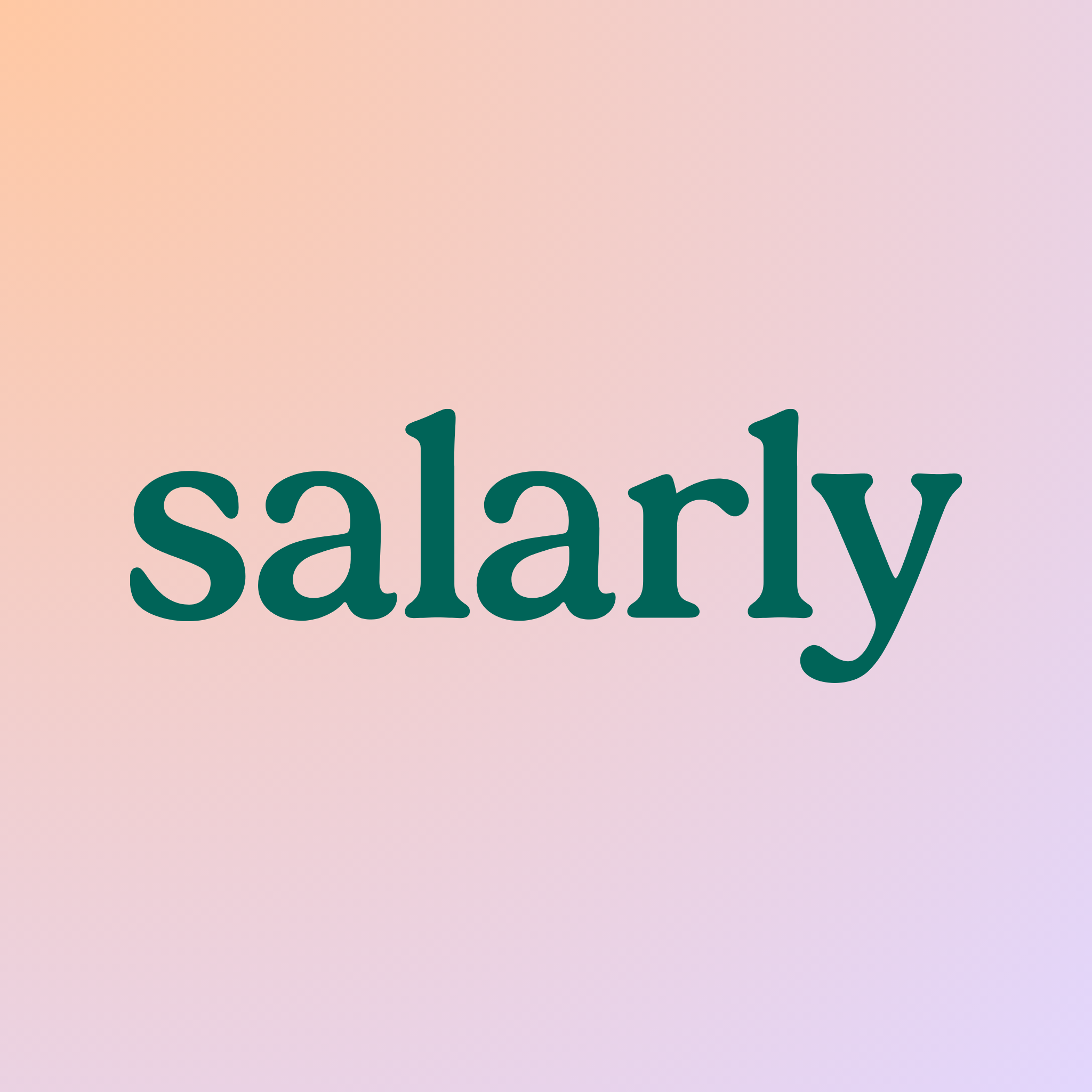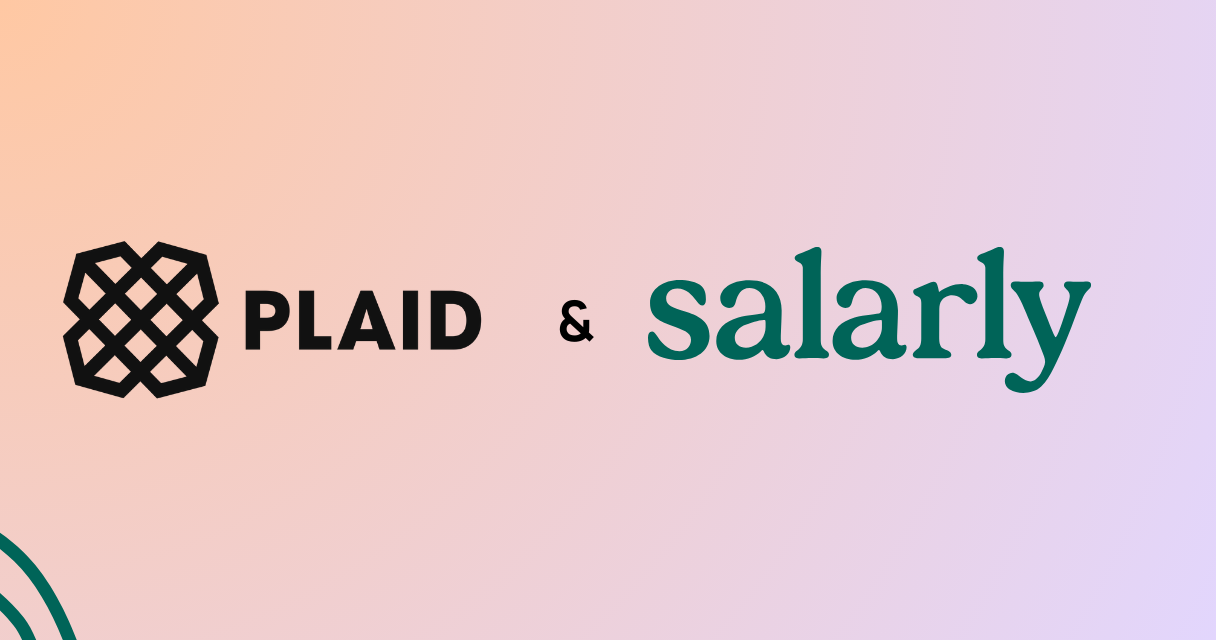Teachers play a crucial role in shaping the future, yet many find that their salaries don’t always align with their financial needs or aspirations. Whether it’s saving for a dream home, funding continuing education, or just gaining more financial security, side income for teachers can provide a valuable boost. With the right approach, teachers can leverage tutoring or freelancing to create additional income streams that align with their skills and schedules.
Why Consider a Side Hustle?
A side income can help teachers:
- Increase financial stability by covering unexpected expenses.
- Save for long-term goals such as travel, homeownership, or retirement.
- Explore professional growth by diversifying skills and experiences.
- Reduce financial stress by providing a buffer against economic uncertainty.
Tutoring: A Natural Fit for Teachers
Tutoring is one of the most accessible and lucrative side income opportunities for educators. As a teacher, you already possess the expertise and teaching skills needed to help students excel. Here’s how to make the most of tutoring:
- Offer personalized lessons: Private tutoring allows you to work with students one-on-one, providing customized support in subjects you excel in.
- Use online platforms: Websites like Wyzant, Varsity Tutors, and Chegg Tutors help connect educators with students looking for additional instruction.
- Specialize in test prep: Parents and students are often willing to pay a premium for SAT, ACT, or college admissions tutoring.
- Set flexible hours: Whether you prefer working after school or on weekends, tutoring allows you to maintain control over your schedule.
Freelancing: Expanding Your Skillset Beyond the Classroom
Teachers have a variety of transferable skills that make them great candidates for freelance work. Consider these options:
- Curriculum development: Many education companies hire teachers to create lesson plans, worksheets, and instructional materials.
- Writing and editing: If you have a knack for writing, you can take on freelance writing projects for blogs, textbooks, or educational publishers as a side hustle.
- Online course creation: Platforms like Udemy and Teachable allow educators to create and sell courses based on their expertise.
- Virtual assistant work: Teachers are organized and great at communication, making virtual assistant roles a viable option.
How to Balance Teaching and a Side Hustle
Juggling a teaching job and a side hustle requires careful planning to avoid burnout. Here are some tips:
- Set clear boundaries: Dedicate specific hours for side work to ensure it doesn’t interfere with your teaching responsibilities.
- Automate tasks: Use scheduling apps, invoicing tools, and communication platforms to streamline your workflow.
- Start small: Begin with one or two clients and gradually expand as you get comfortable.
- Prioritize self-care: Ensure that your side hustle doesn’t compromise your well-being or personal time.
- Follow a plan: Make a financial planner for the year!
How to Maintain a Lighter Schedule and Prioritize Yourself
Financial stress is a major concern for many educators, with rising costs for classroom supplies, student loan payments, and daily expenses. Salarly’s payroll-linked loans offer a smart financial solution, providing teachers with access to fair, transparent loans that align with their paycheck cycles.
How Salarly Supports Educators:
- Quick & Easy Application: Apply online in just minutes without extensive paperwork.
- Fast Approval: Employment and payroll details are verified quickly, often leading to same-day approvals.
- Flexible Repayment Plans: Loan repayments are automatically deducted from your paycheck, making budgeting easier.
For educators who need financial stability without the burden of high-interest loans, Salarly provides a practical and stress-free way to manage unexpected expenses. Whether it’s covering professional development courses, classroom materials, or personal financial needs, payroll-linked loans offer a responsible borrowing option tailored for teachers.
By reducing financial stress, educators can focus on what matters most to them, in and out of the classroom.
FAQs: Side Income for Teachers
How much can teachers earn from side gigs?
Earnings vary based on the type of work and time invested. Tutors can make anywhere from $20 to $100 per hour, while freelance writers and curriculum developers can set competitive rates depending on experience. Salarly financial support could also provide a loan of up to $3,000 and the entire application process can be done online.
Are there any legal restrictions on teachers taking on side jobs?
Some school districts have policies regarding outside employment. It’s best to check with your administration to ensure compliance.
How can I find my first tutoring client?
Start by spreading the word within your school community, listing services on tutoring platforms, and utilizing social media or local parent groups.
Is freelancing or tutoring better for teachers?
It depends on your strengths and availability. Tutoring offers higher hourly rates but requires direct engagement, while freelancing can provide more flexibility and passive income opportunities.
By leveraging their skills in tutoring or freelancing, teachers can create additional income streams that support their financial goals without compromising their passion for education. Side income can be the key to unlocking new opportunities and achieving long-term financial success, especially if it is a payroll linked solution!










